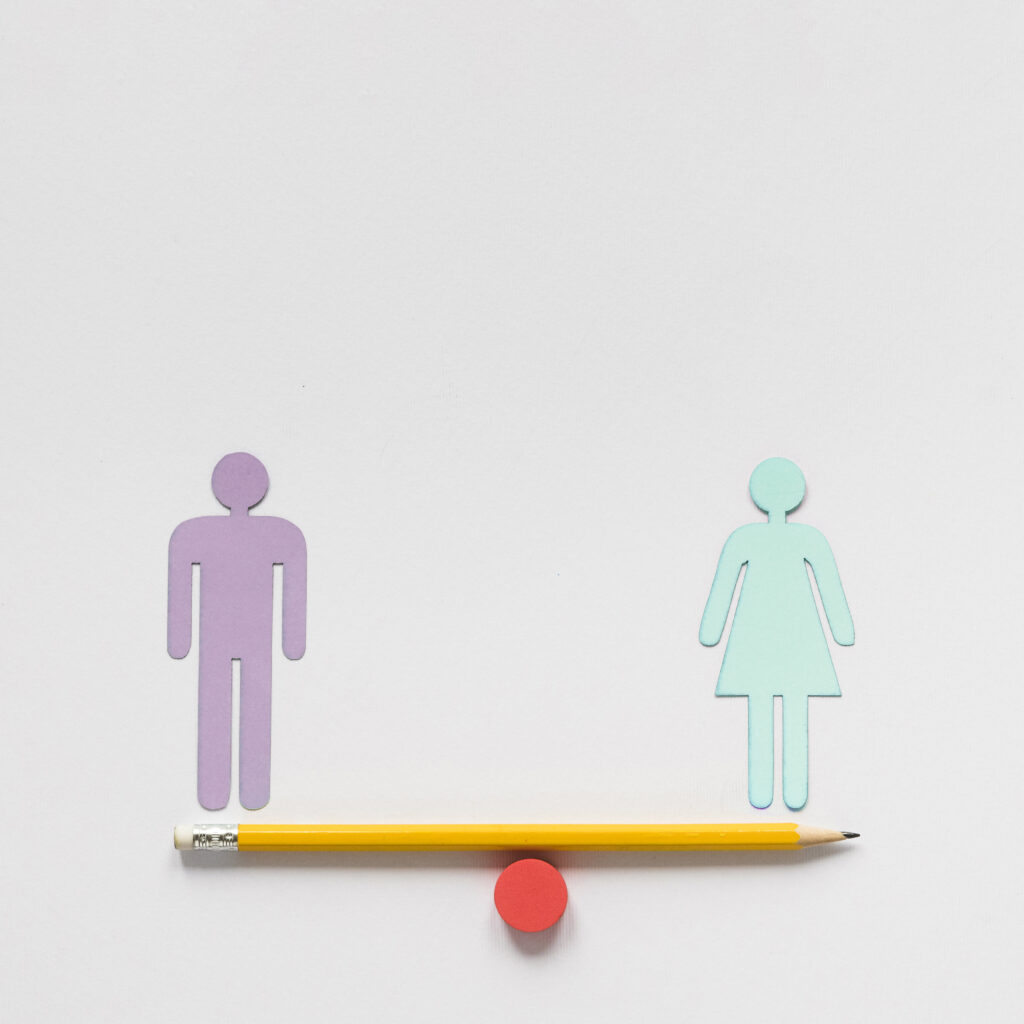The gender pay gap in the EU stands at 12.7 % in 2021 and has only changed minimally over the last decade. It means that women earn 13.0 % on average less per hour than men.
The gender pay gap measures a broader concept than pay discrimination and comprehends a large number of inequalities women face in access to work, progression and rewards. They are:
- Sectoral segregation: Around 24% of the gender pay gap is related to the overrepresentation of women in relatively low-paying sectors, such as care, health and education. Highly feminised jobs tend to be systematically undervalued.
- Unequal share of paid and unpaid work: Women have more work hours per week than men but they spend more hours on unpaid work, a fact that might also affect their career choices. This is why the EU promotes equal sharing of parental leaves, an adequate public provision of childcare services and adequate company policies on flexible working time arrangements.
- The glass ceiling: The position in the hierarchy influences the level of pay: less than one in ten of top companies’ CEOs are women. Nevertheless, the profession with the largest differences in hourly earnings in the EU were managers: 23 % lower earnings for women than for men.
- Pay discrimination: In some cases, women earn less than men for doing equal work or work of equal value even if the principle of equal pay is enshrined in the European Treaties (article 157 TFEU) since 1957.
More transparency in pay would help uncover unjustified gender-based pay differences for equal work or work of equal value and help victims of pay discrimination to seek redress and enforce their equal pay right.
Source Eurostat:
https://ec.europa.eu/eurostat/databrowser/view/teqges01/default/table?lang=en





